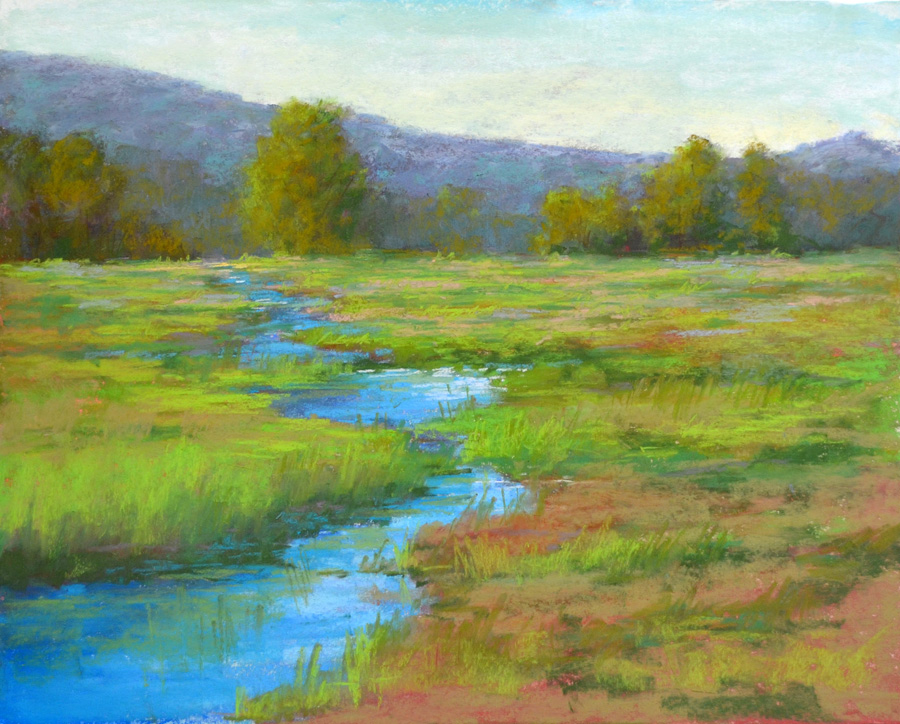Tuesday, January 28, 2014
Minnesota Orchestra wins Grammy post Lockout
On Sunday, January 26, the Minnesota Orchestra won the 2014 Grammy Award for “best orchestral performance.” The accolade was granted for the orchestra’s recording of Sibelius’ first and fourth symphonies on BIS records with its former music director, Osmo Vanska.
The Orchestra recently ended a fifteen-month lockout, the longest work stoppage for any symphonic orchestra in U.S. history, and plans to return to work on February 1. The award was surely gratifying but stirred a pot of mixed emotions, as Vanska resigned from his position during the lockout, but will return as a guest, leading the orchestra in some Sibelius concerts in March.
The award, “confirms where the musicians and our leader Osmo Vanska were as a symphony orchestra before the lockout,” says Tony Ross, the orchestra’s principal cellist, adding, “this is also why we need him to return and carry on with the projects and partnership that have brought this orchestra acclaim worldwide.”
The lockout occurred in October of 2012, when members of the orchestra’s board and musicians reached a stalemate in financial bargaining. Musicians were locked out “after rejecting a proposal that would have cut some salaries up to 40 percent, according to the board’s figures. The entire 2012-13 season eventually was canceled, as well as the first five months of the current season,” writes Graydon Royce of the Star Tribune.
Sources:
http://www.startribune.com/entertainment/music/240153421.html
http://artsbeat.blogs.nytimes.com/2014/01/27/minnesota-orchestra-rebuilding-after-lockout-celebrates-a-grammy-win/?ref=music
Accessed January 28, 2014
Monday, January 20, 2014
Towards a 21st-century Repertoire
Enter works as comments in the following format:
Composer, Title (Year). Genre.
Remarks
Composer, Title (Year). Genre.
Remarks
Levine, "Highbrow/Lowbrow" Study Questions
Prologue
1.
Our
current hierarchical system of cultural categories (highbrow, midbrow, lowbrow)
seems fixed and immutable. What cultural
work is done by a historian who maintains these categories?
2.
What
error might ensue?
Chapter
2
1.
What
was the status of opera in Walt Whitman’s New York?
2.
What
does the prevalence of parodies and arrangements suggest about a popular
familiarity with opera?
3.
How
had the perception of opera changed by the end of the 19th century?
4.
What
was the relative status of bands and orchestras in the middle of the 19th
century?
5.
When
Jenny Lind, and other eminent European soloists, toured mid-century America,
whom did they appeal to? How did Adelina
Patti’s experience differ?
6.
How
were typical mid-century orchestra programs constructed? How did sacralization affect this paradigm?
7.
How
did Theodore Thomas manage to draw crowds for his New York concerts? How did his philosophy change when he went to
Chicago?
8.
Since
the founding in the 19th century of our country’s major orchestras,
what has remained their abiding fiscal reality?
Who now employs the Chicago Symphony’s funding model? How has that funding model changed, if at
all, over the last century?
9.
What
are some of John Sullivan Dwight’s basic beliefs concerning the sacralization
of art?
10.
Through
art’s sacralization in the course of the late 19th century, what
were some of the changes wrought in the public’s perception of music?
musicians? the concert experience?
11.
After
a hundred years’ time, which of these perceptions have remained in place?
1.
Faced
with industrialization and increasing cultural diversity, how did America’s
cultural elites respond at the end of the 19th century?
2.
How
might one characterize 19th-century audiences? To what extent did arbiters of culture
attempt to modify audiences’ behavior, and succeed?
3.
What
unintended consequences did more docile audiences create?
4.
To
what ends did 19th-century champions of culture maintain and
disseminate pure culture?
5.
How
did the Columbian Exposition’s Midway Plaisance and White City symbolize a
growing gulf in American culture?
6.
How
was American culture perceived to compare with European examples?
7.
What
racial and cultural dimensions did the ideology of culture assume?
8.
How
did Matthew Arnold contribute to our understanding of Culture?
9.
How
did our invented notions of culture conflict with reality?
10.
As
cultural categories codified, how were new forms of expressive culture
characterized? With what results?
Epilogue
1.
What
reactions have been provoked by the growth of cultural pluralism in the late 20th
century?
2.
What
is the logical fallacy of the cultural categories that we embrace?
Subscribe to:
Posts (Atom)
